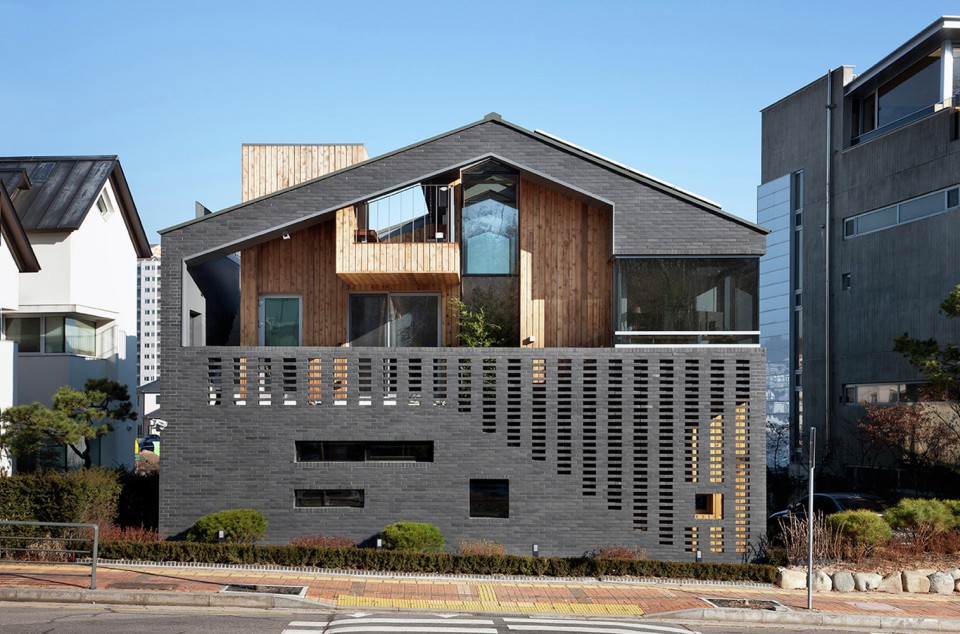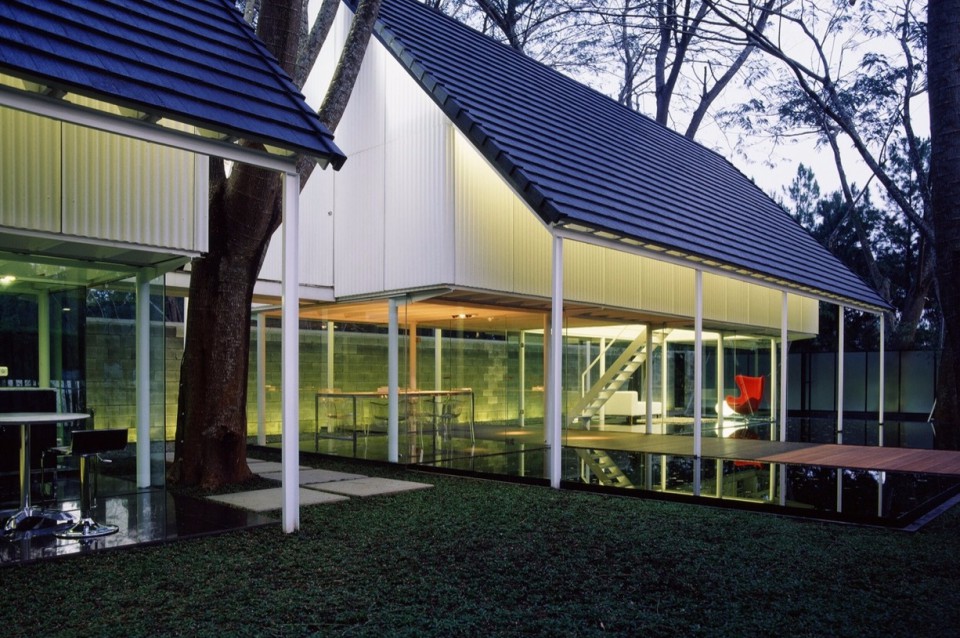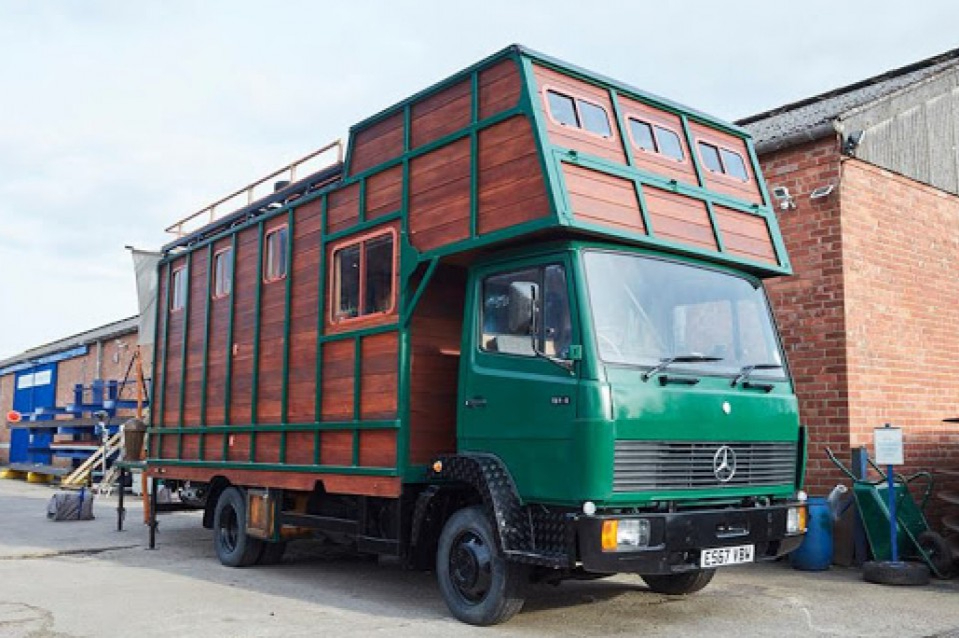Kangaroo House: Two Houses in One Building For a Family of Two Generations

The house located in South Korea, specifically in Gyeonggi-do, is a home for two families living together. These families consist of the son and his family, as well as the parents' family. It's common for married individuals to live separately from their parents, but this client had a different vision. They wanted everyone to reside in one house rather than in separate apartments.

With an area of approximately 222 square meters, Hyunjoon Yoo Architect embarked on fulfilling this client's request. The house had to appear as a single structure from the outside, but inside, there would be two separate homes. The architect drew inspiration from kangaroos, which have pouches to carry their young.

To create the illusion of two integrated homes, the architect designed an external staircase resembling a corridor. Additionally, the four areas on the second floor of the house have varying heights. Consequently, anyone entering the house must climb several steps to access different rooms. The differences in height also result in varying ceiling heights.

The parents' and son's houses are divided by floor height, with the parents' home on the first floor and the son's home on the second floor. This arrangement is ideal for maintaining each family's privacy.

Upon entering the first-floor home, visitors encounter a small hall for receiving guests. Next, there is a staircase and a powder room. This home comprises two bedrooms: a guest bedroom located at the front of the building and the master bedroom of the parents.

The master bedroom is equipped with an en-suite bathroom. To access the master bedroom, you need to pass through the family room, which is located near the kitchen and dining area. Right next to the master bedroom, there is a courtyard.

In the second-floor space, when entering the home through the entrance corridor, the owner is greeted by a terrace that leads to the family room, which also functions as a kitchen.

From the family room, the master bedroom area can be reached by climbing a few steps.

The master bedroom is presented with a workspace that features a large window in the corner of the room. The master bedroom is also connected to a bathroom and a wardrobe area next door.

The smaller bedroom is located directly across from the family room. This room is equipped with a study desk surrounded by glass walls.

One of the main considerations in designing this house was how to maintain the relationship between two generations, especially between the mother-in-law and daughter-in-law. In Korea, the relationship between a mother-in-law and daughter-in-law can be somewhat awkward, particularly when the mother-in-law is cooking, and the daughter-in-law needs to assist.

To address this, the architect designed the house with a void that allows the daughter-in-law to see down to the lower floor. This way, she can observe the mother-in-law's activities. However, the reverse is not possible due to the lower floor's position for the parents' home. The children can look down into the courtyard below but cannot see their parents' bedroom.

The viewing directions in this house were carefully controlled based on the family hierarchy. Managing visibility is a method to design the family's lifestyle.
source: Kangoroo house








